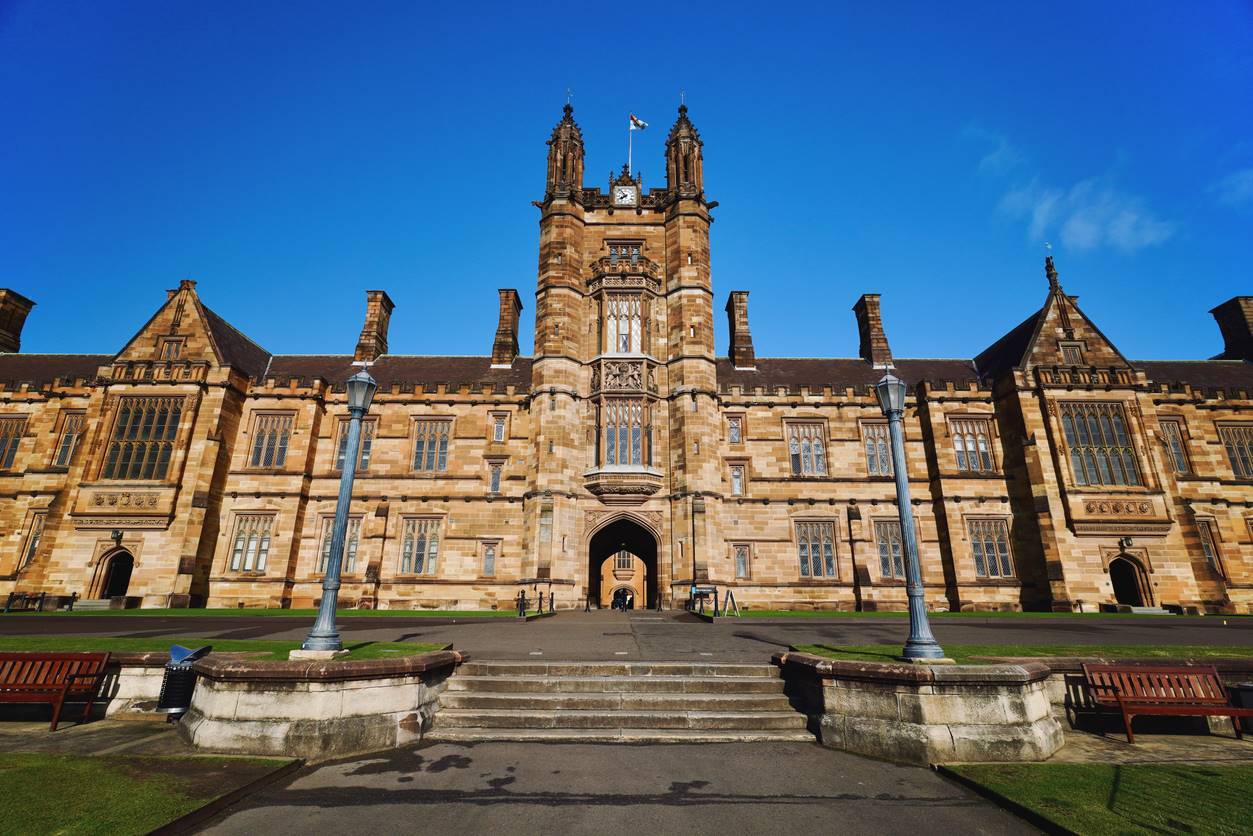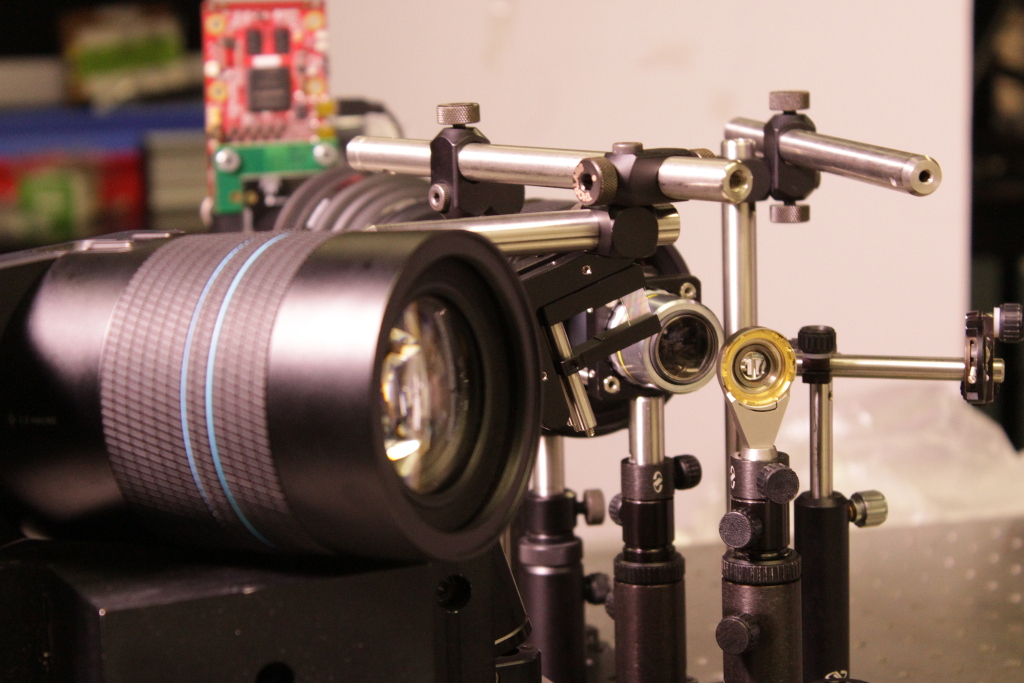PhD Scholarship: AI-Driven Vestibular Testing with Off-Head vHIT

The Balance Clinic & Laboratory at Neurology Royal Prince Alfred Hospital, in collaboration with The Robotic Imaging Lab at the University of Sydney are offering a PhD at the intersection of biomedical engineering, computer vision, and AI.
The project aims to develop a real-time, non-head-mounted camera system for the Video Head Impulse Test (vHIT), a critical diagnostic tool for vestibular disorders. vHIT was developed in 2010 and is available in specialist neurology clinics to help diagnose life-threatening brainstem strokes and separate them from harmless viral infections of the ear. Existing head-mounted systems introduce measurement errors due to motion artifacts, calibration drift, and discomfort.
This project proposes to develop and validate an inexpensive external smartphone or webcam vHIT for use in emergency rooms worldwide. This research will leverage computer vision, multi-sensor fusion, and deep learning to enhance tracking precision, while minimizing artifacts, and improving clinical usability.
The research will focus on the following key challenges:
- Data Accuracy & Noise Reduction - Develop 3D tracking methodologies for precise head and eye movement measurement, mitigating issues such as motion blur and patient variability, while ensuring robustness across diverse patient profiles and motion conditions.
- System Validation & Benchmarking - Benchmark system performance against existing vHIT devices, utilizing IMUs and depth sensors for validation to assess motion compensation effectiveness and generalizability.
- Algorithm & Software Development - Implement deep learning-based error correction for blinks and occlusions, while optimizing real-time signal processing and edge computing for low-latency clinical deployment.
- Multi-Camera Fusion & 3D Reconstruction - Investigate multi-camera setups to improve spatial accuracy and reduce occlusion-related errors.
- Object-Centric SLAM for Motion Stabilization - Utilize Simultaneous Localization and Mapping (SLAM) to refine spatial head tracking and ensure accurate alignment of eye movements relative to head motion.
Candidate Profile
We seek a PhD candidate with a background in biomedical engineering, electrical engineering, robotics, or computer science. Candidates should have expertise in image processing, machine learning, or signal processing, with experience in real-time computer vision, sensor fusion, or medical diagnostics.Proficiency in Python or C++ and familiarity with computer vision and deep learning frameworks (OpenCV, TensorFlow, PyTorch) are advantageous. The ideal candidate will have a strong foundation in algorithm development, experimental design, and interdisciplinary collaboration with engineers and clinicians.
Why Join This Project?

Working under the supervision of A/Prof Miriam Welgampola, Director of the Balance Clinic & Laboratory at the Royal Prince Alfred Hospital and Dr Donald Dansereau, head of the Robotic Imaging Lab within the Australian Centre for Robotics, the candidate will work alongside leading researchers and clinicians to translate novel AI and robotic vision techniques into clinically viable diagnostic tools.
A competitive PhD scholarship, including a research stipend, is available for outstanding applicants.
How to Apply
Application deadline extended: April 29, 2025 Midnight (Sydney time)To apply, please email donald.dansereau@sydney.edu.au, with the subject line “vHIT PhD Application:” and your name. Include the following:
- CV
- Unofficial transcripts
- Cover letter
Please also include a Google Drive link to a 2-minute selfie video covering the following:
- Your strongest engineering skills
- What you enjoy most about developing technology
- A description of a project that you're proud of, or plan to be when completed
International Applicants
Domestic and international applicants are welcome. The Australian PhD is a 3.5-year program, generally with direct entry from an undergraduate degree with a final-year thesis project (see Admission Criteria below).There are no doctoral qualifying / candidacy exams or coursework. Candidates complete a viva / oral thesis defence at the completion of the program.
Admission Criteria
Successful candidates will need to enrol in the University of Sydney's Doctor of Philosophy program. Enrolment requirements are listed on the University website here. Key requirements are:- An Undergraduate or Master's degree with overall first-class Honours or equivalent, AND
- Previous research experience, either:
- Completion of an Undergraduate degree with a final-year thesis/project, OR
- Completion of a Master's by research degree, OR
- Completion of a Master's by coursework degree with a substantial research project.

